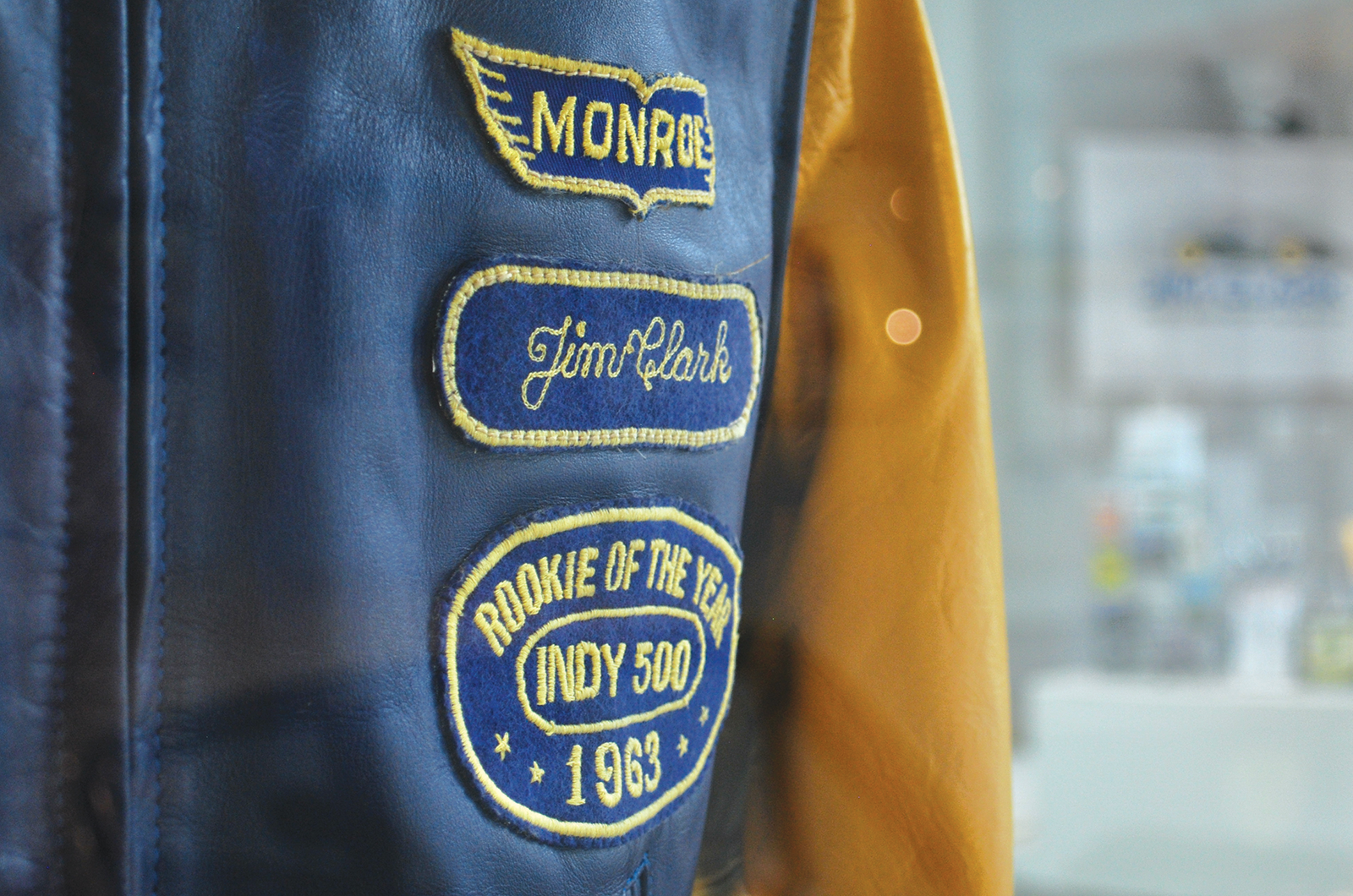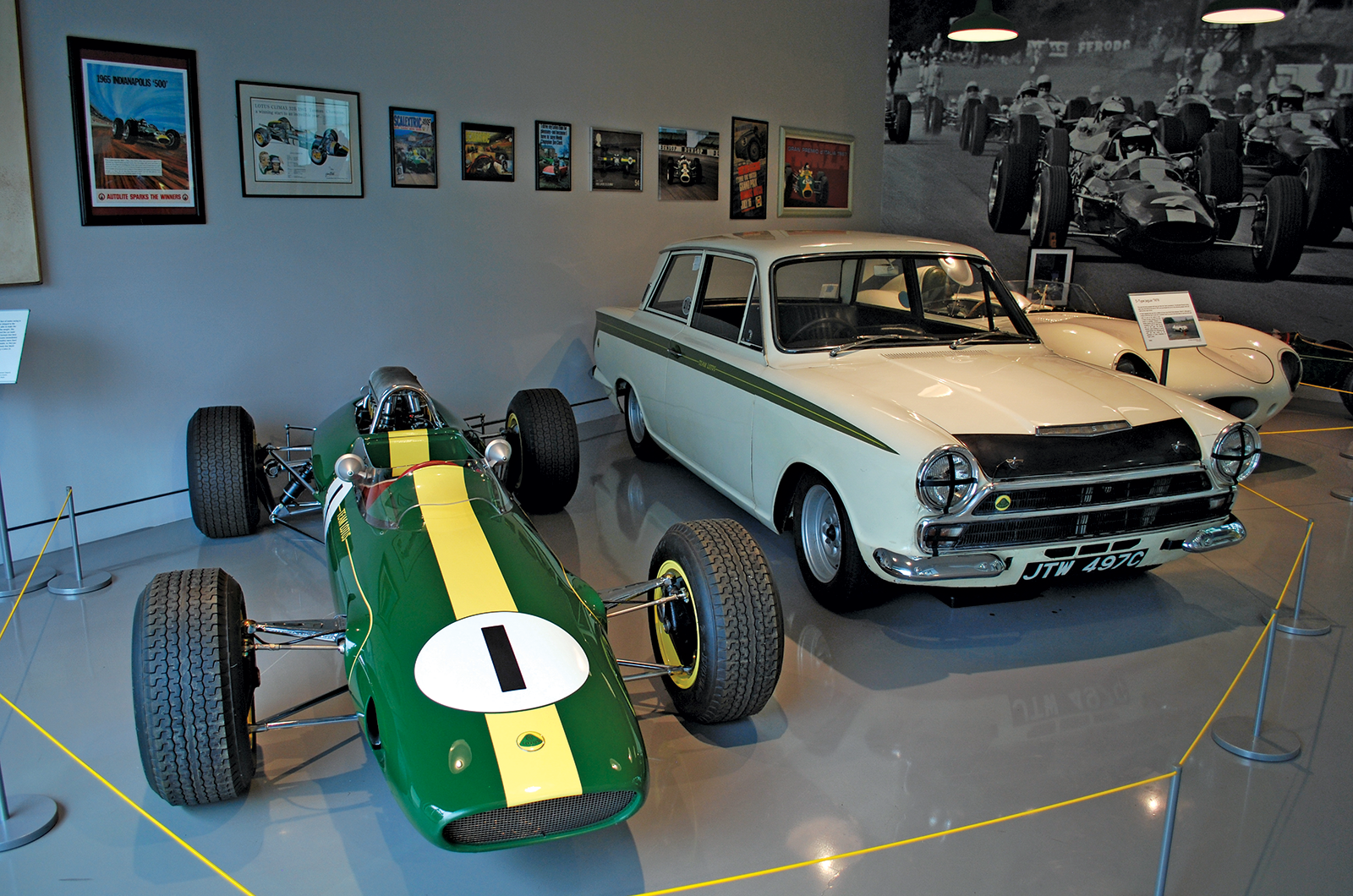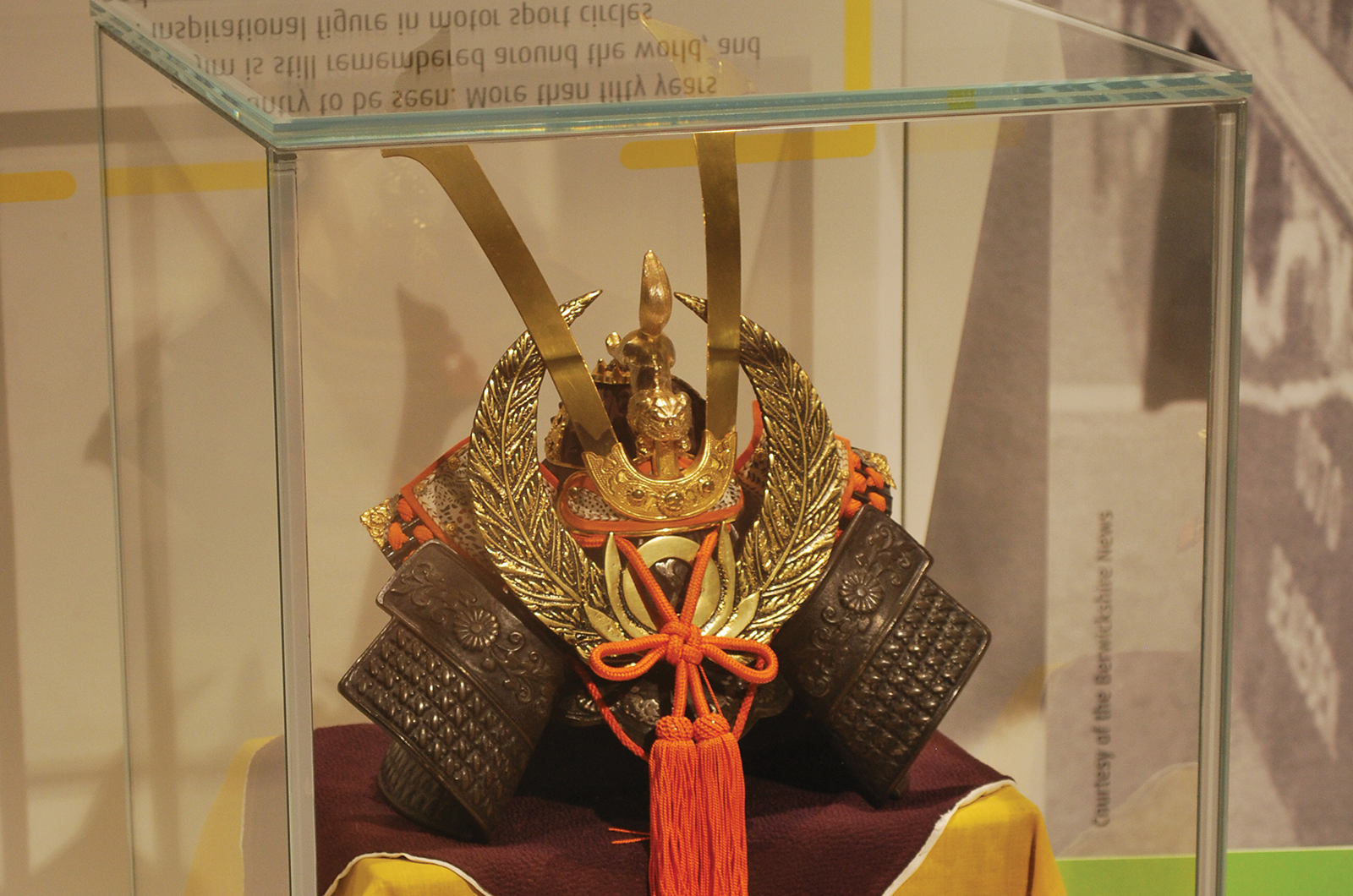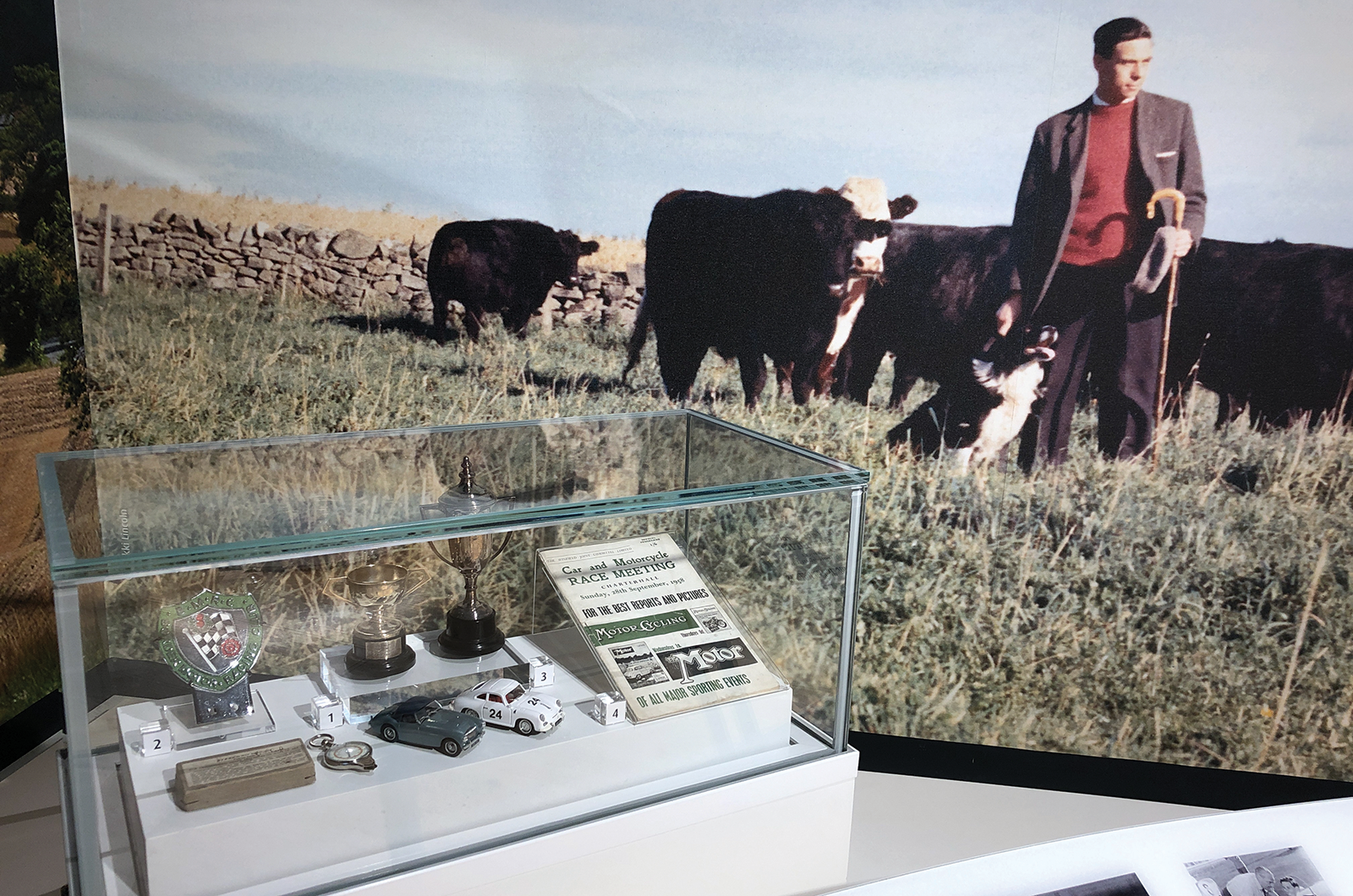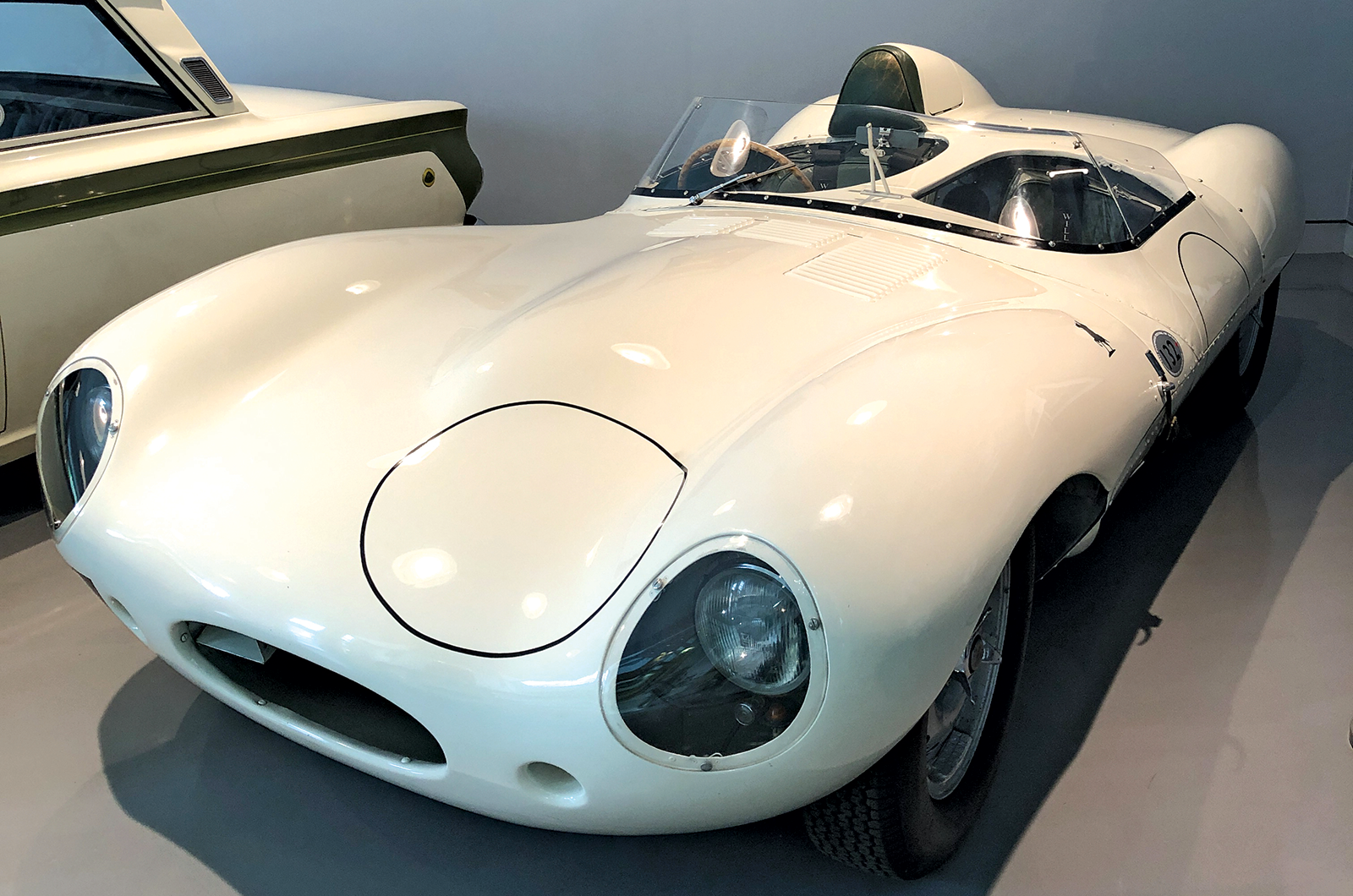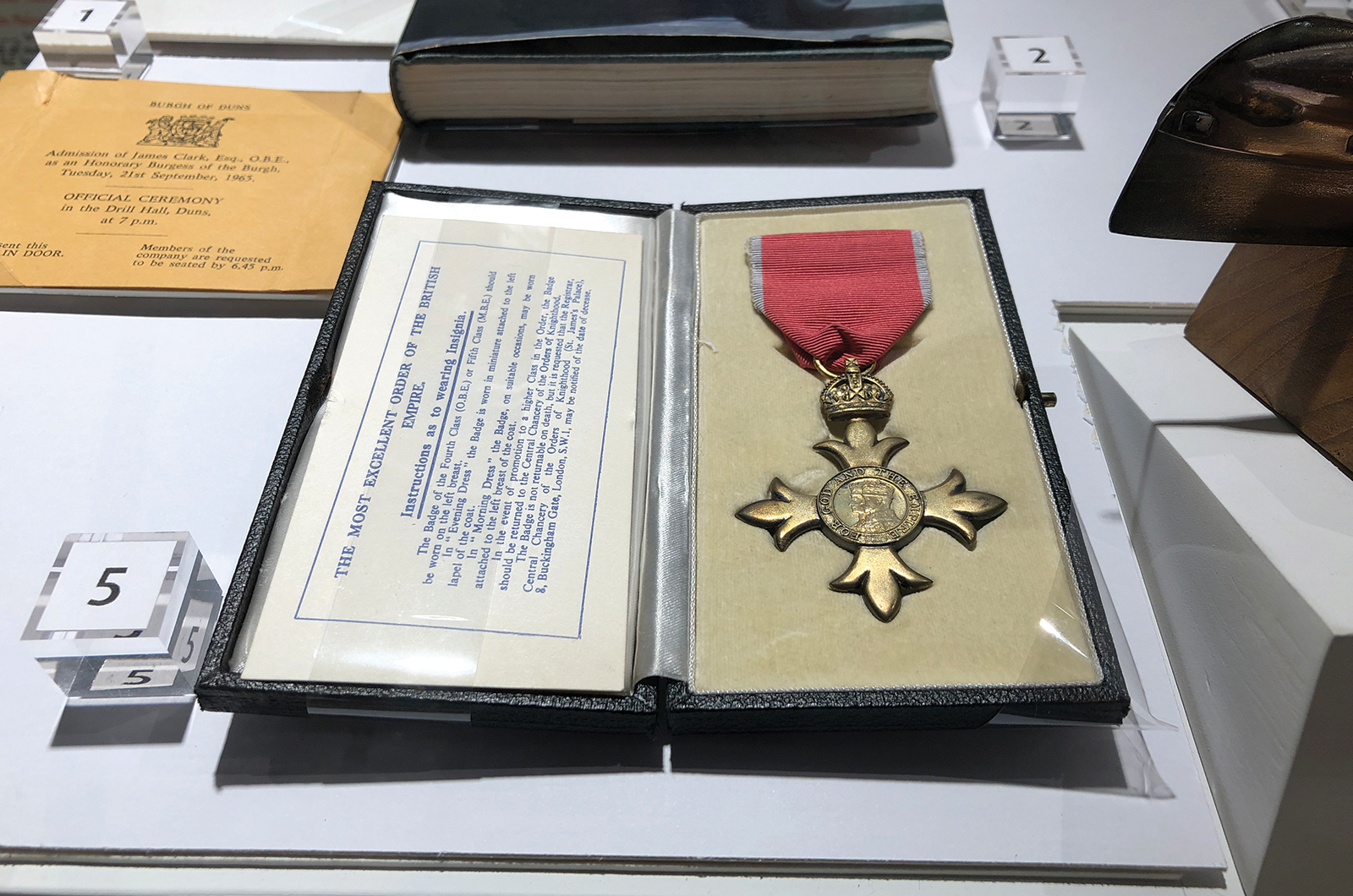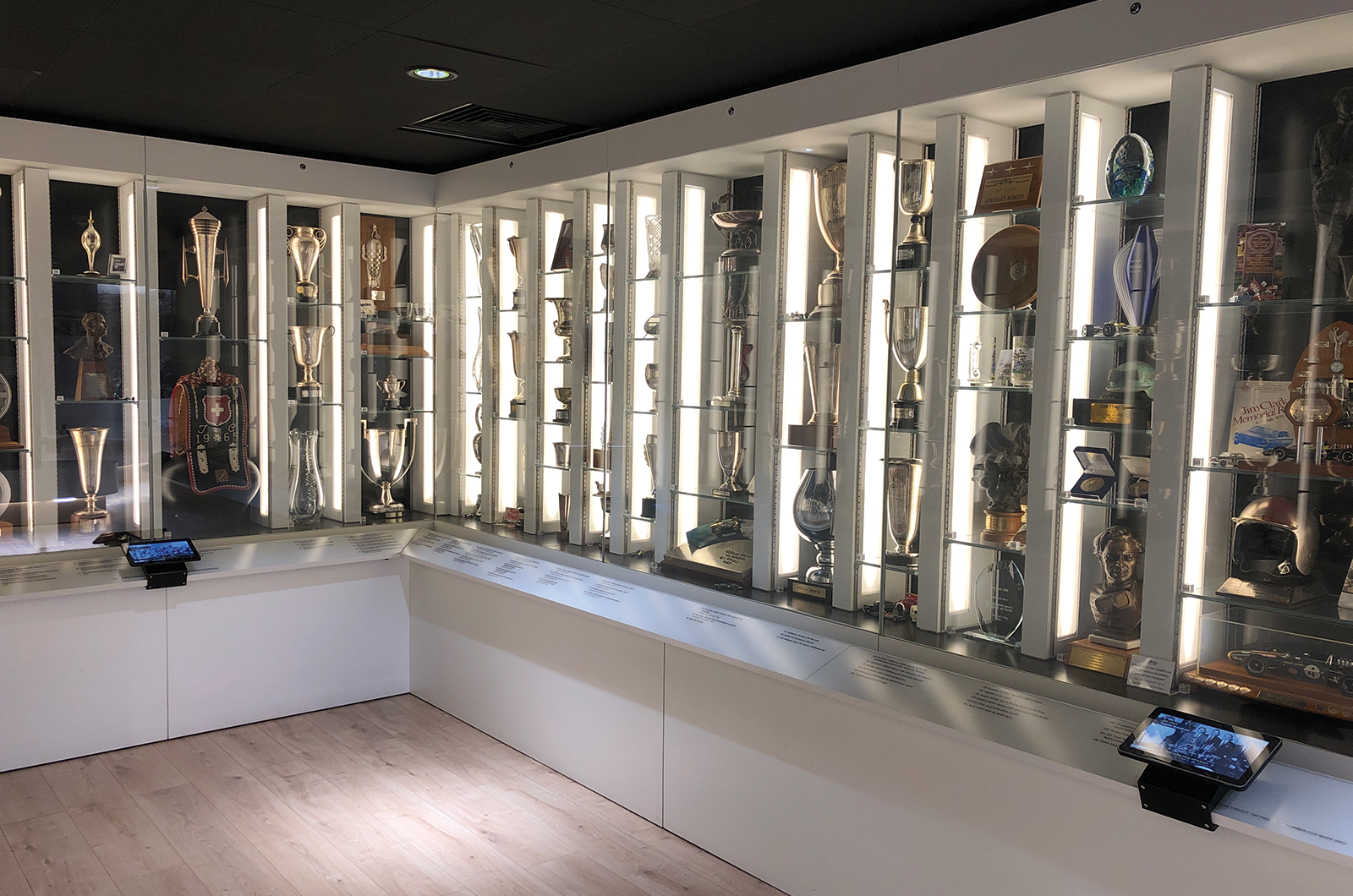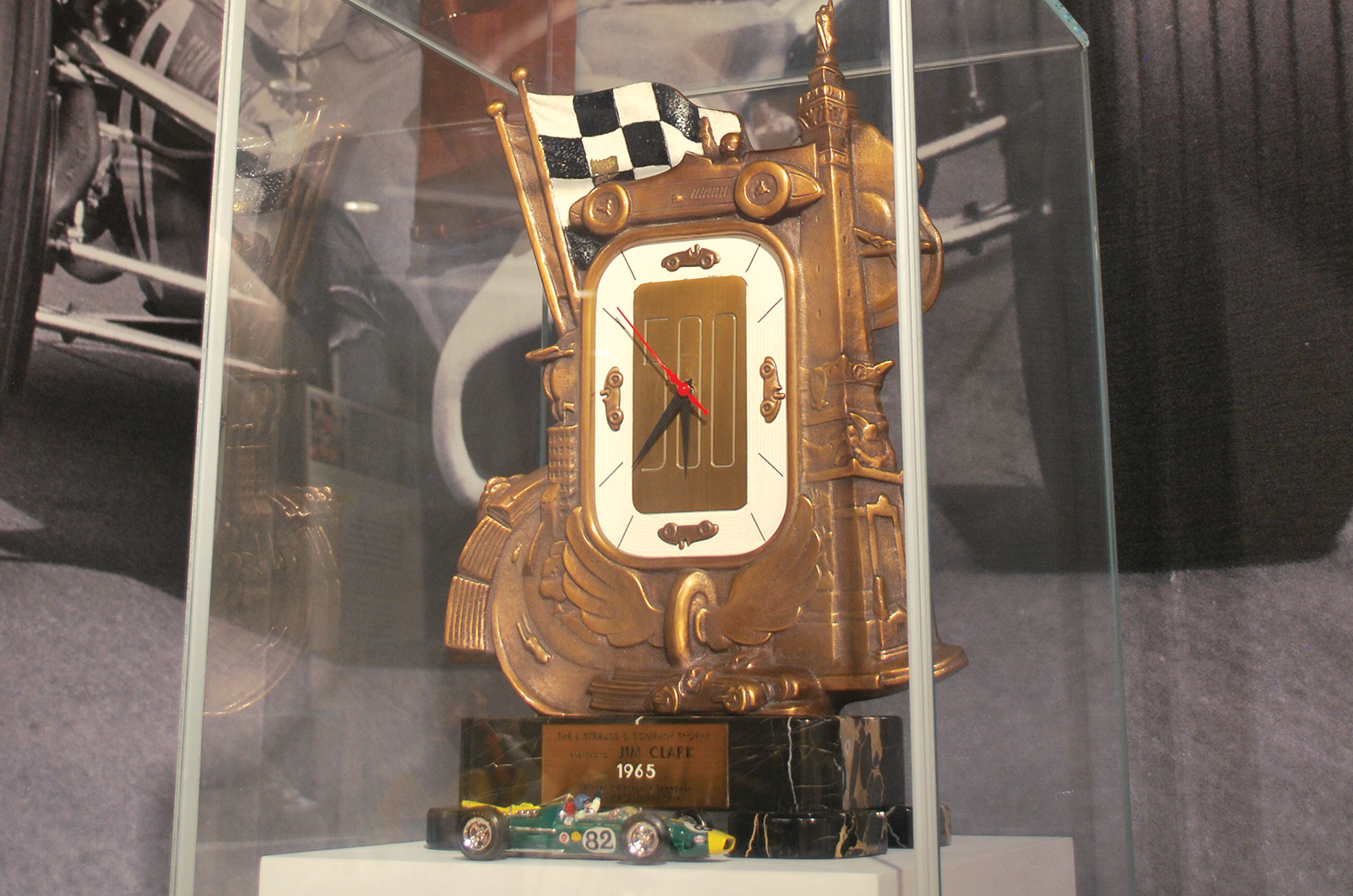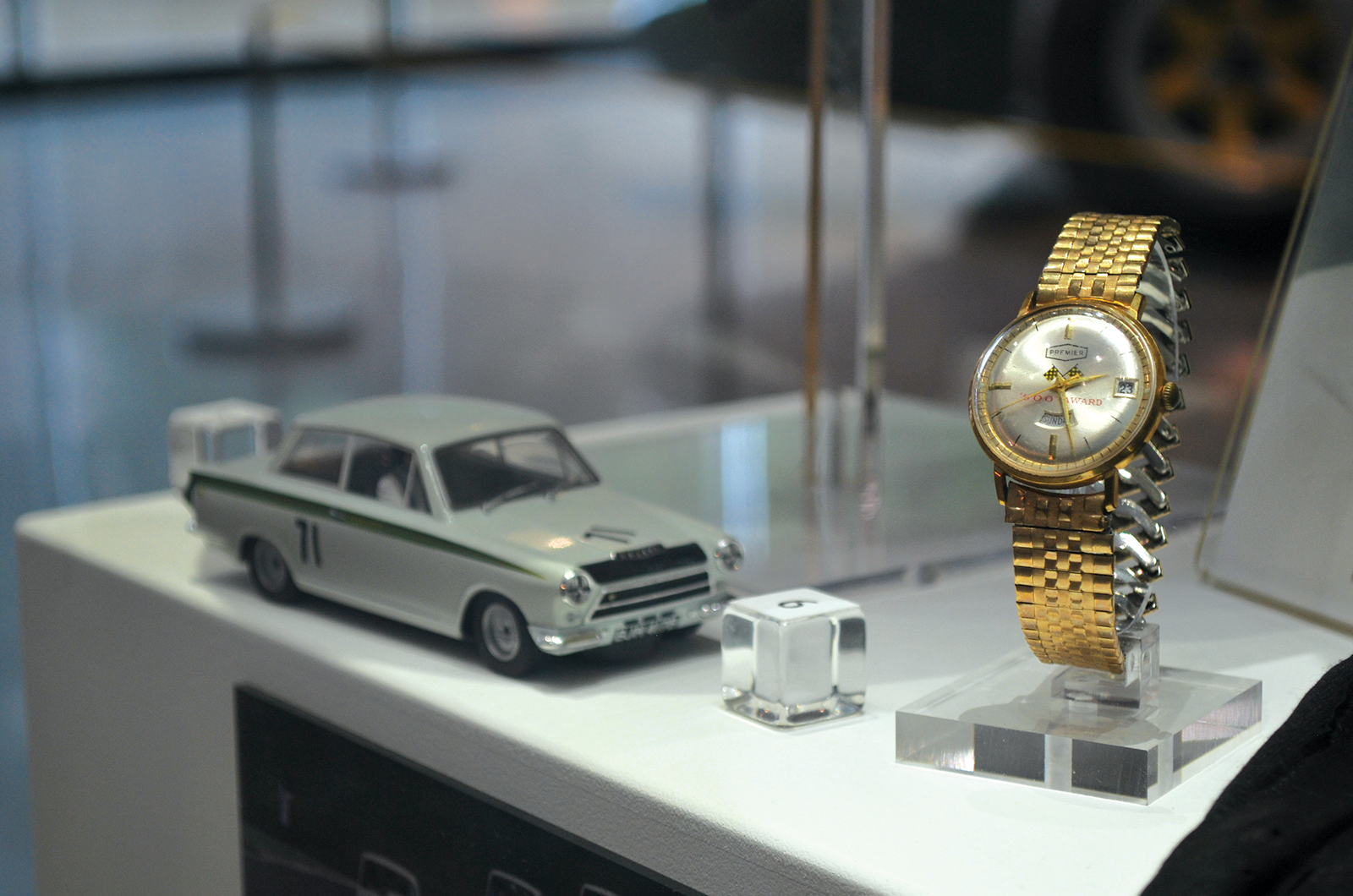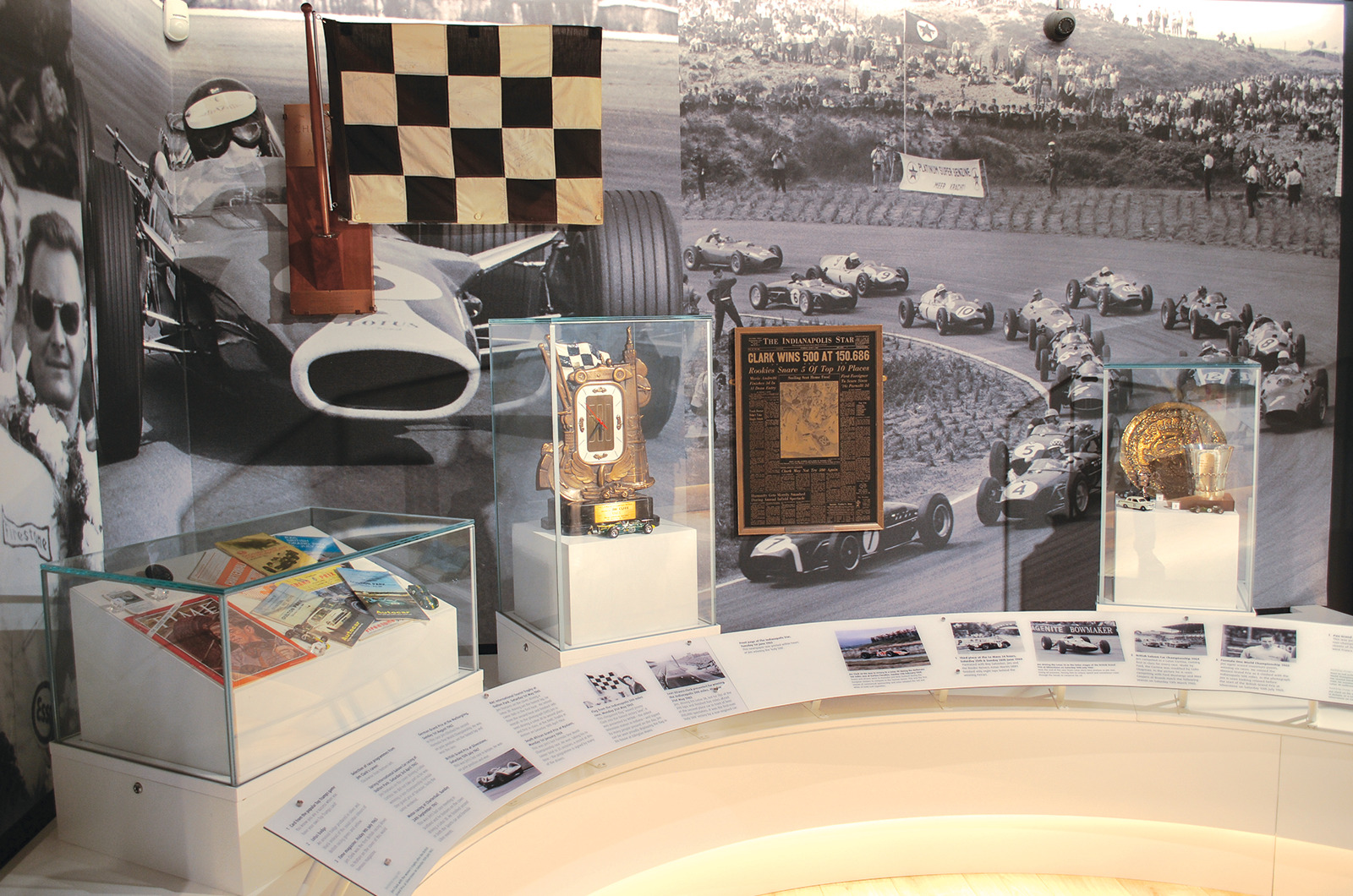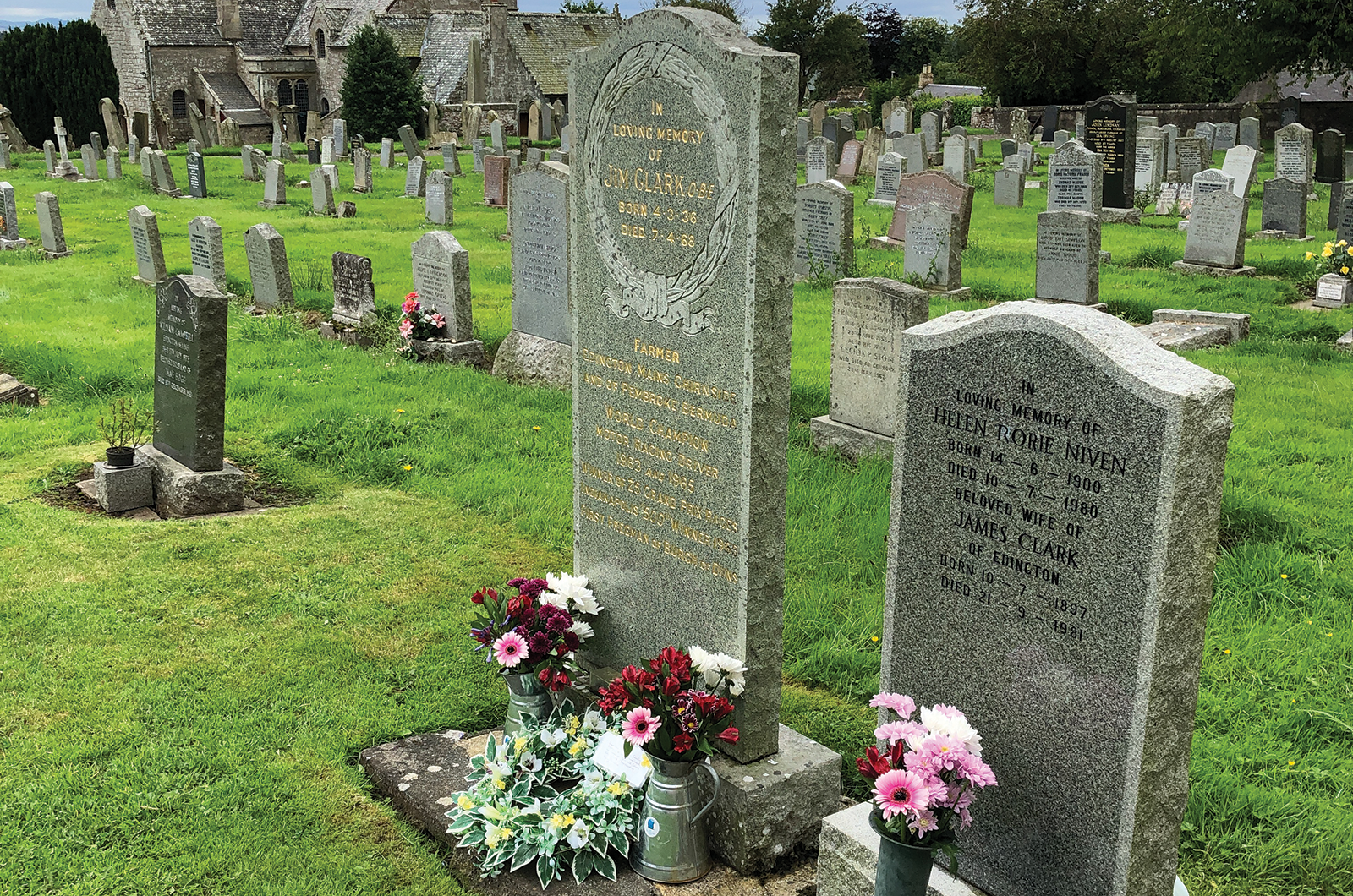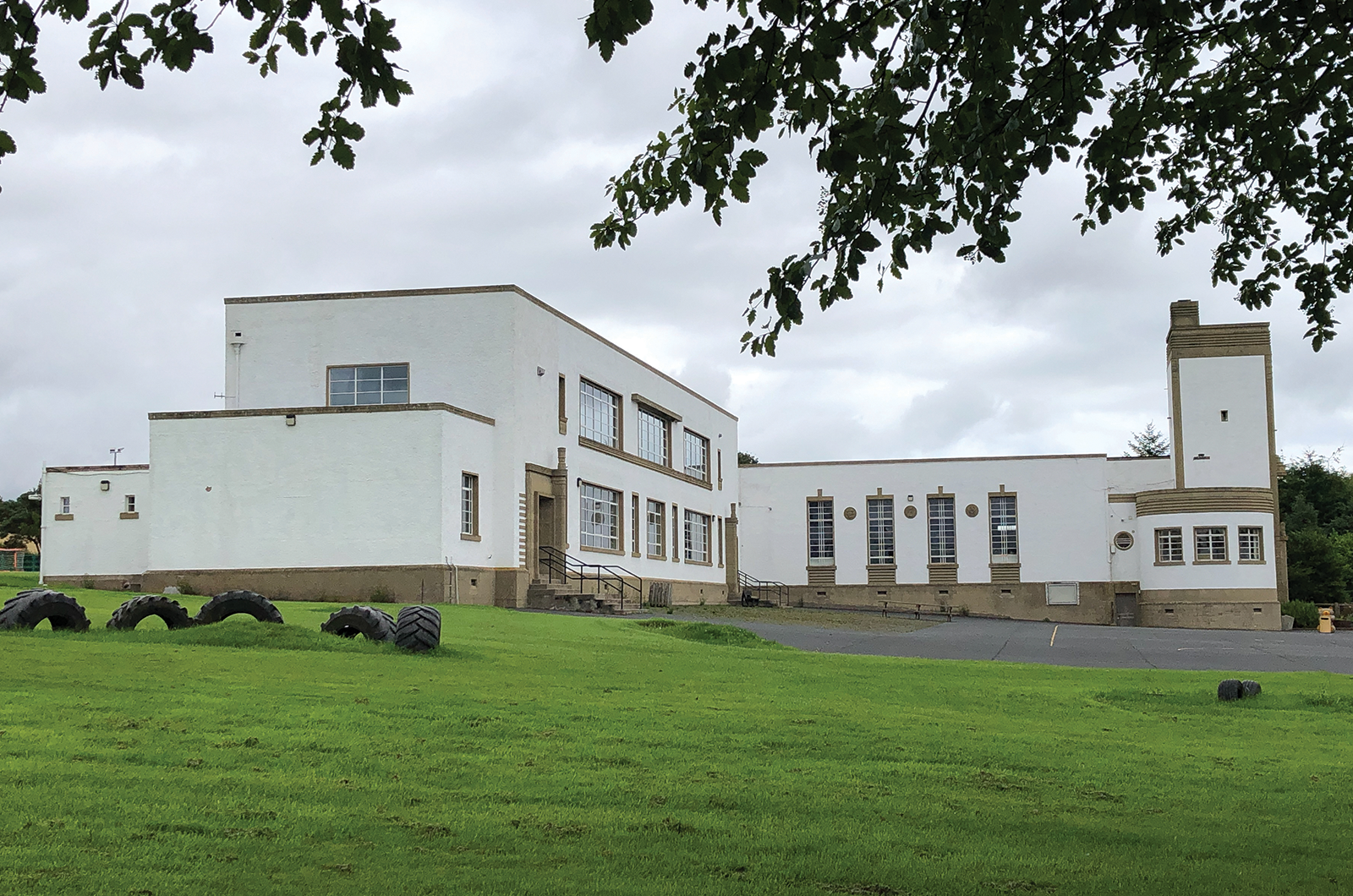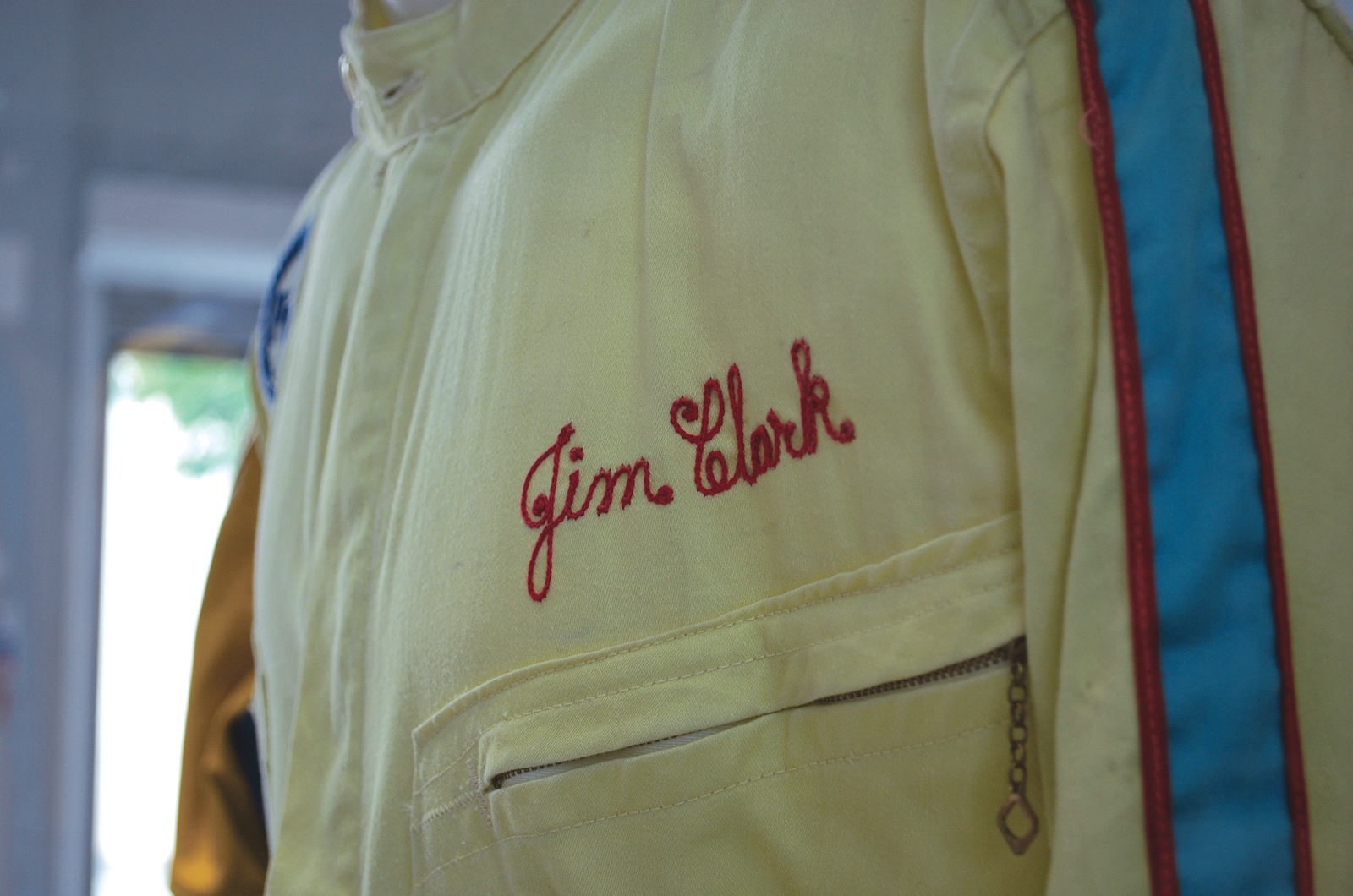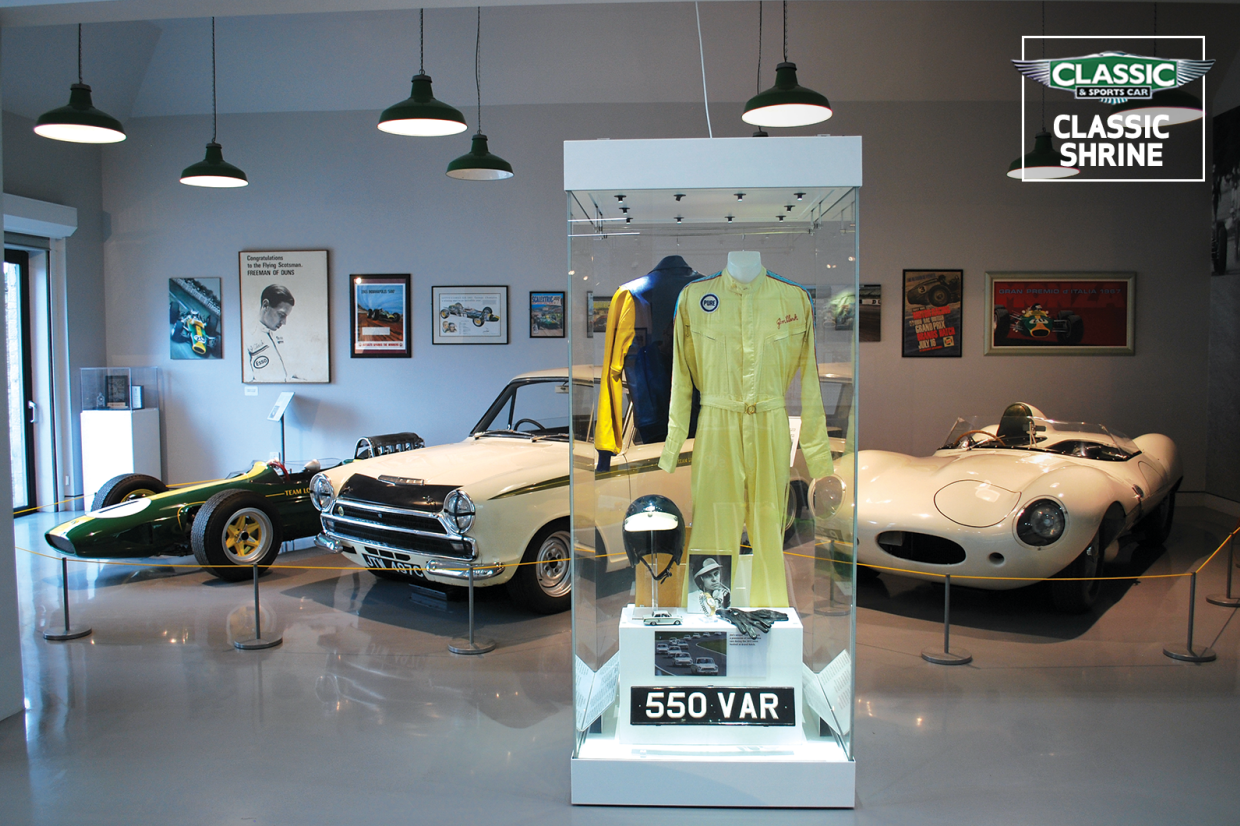
The Jim Clark Room opened in the small Berwickshire town of Duns in 1969 – just a year after the legendary Scot died in a Formula Two race at Hockenheim – and celebrated his achievements for 50 years before being expanded and updated in 2019.
A glazed structure that serves as the reception area and gift shop now links the original Georgian building to a restored coachhouse, which enables the since-renamed Jim Clark Motorsport Museum to showcase significant cars from throughout his career.
On display when we visited were three very different machines that highlight Clark’s peerless versatility.
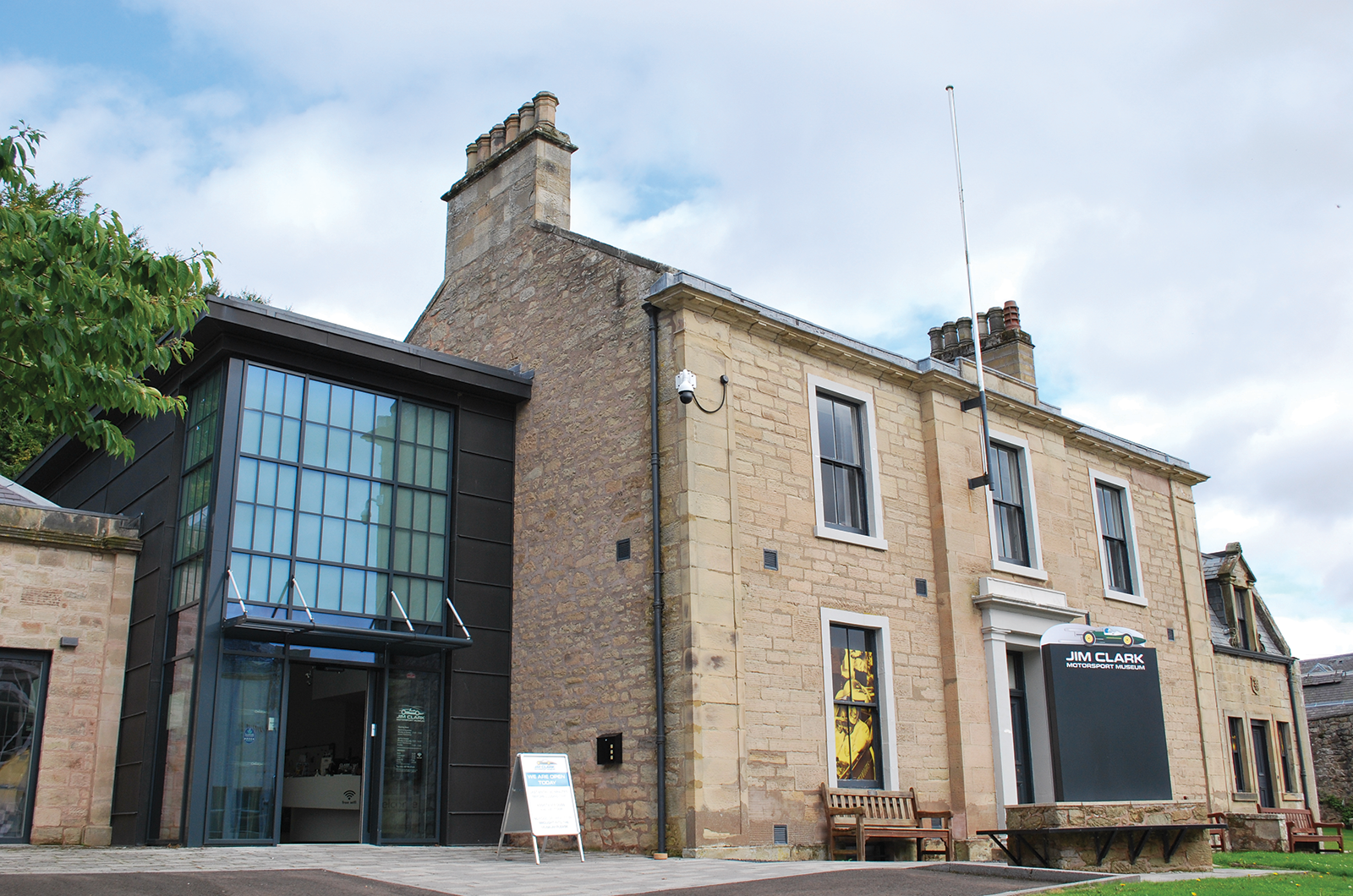
After 50 years as the Jim Clark Room, this Scottish museum expanded and became the Jim Clark Motorsport Museum in 2019
Few cars evoke the 1.5-litre era of Formula One better than the Lotus 25, with its revolutionary monocoque design, and chassis R6 was first used by Clark in late 1963.
The following year he took it to victory in the Dutch, Belgian and British Grands Prix, and in 1965 added the French Grand Prix to the tally.

